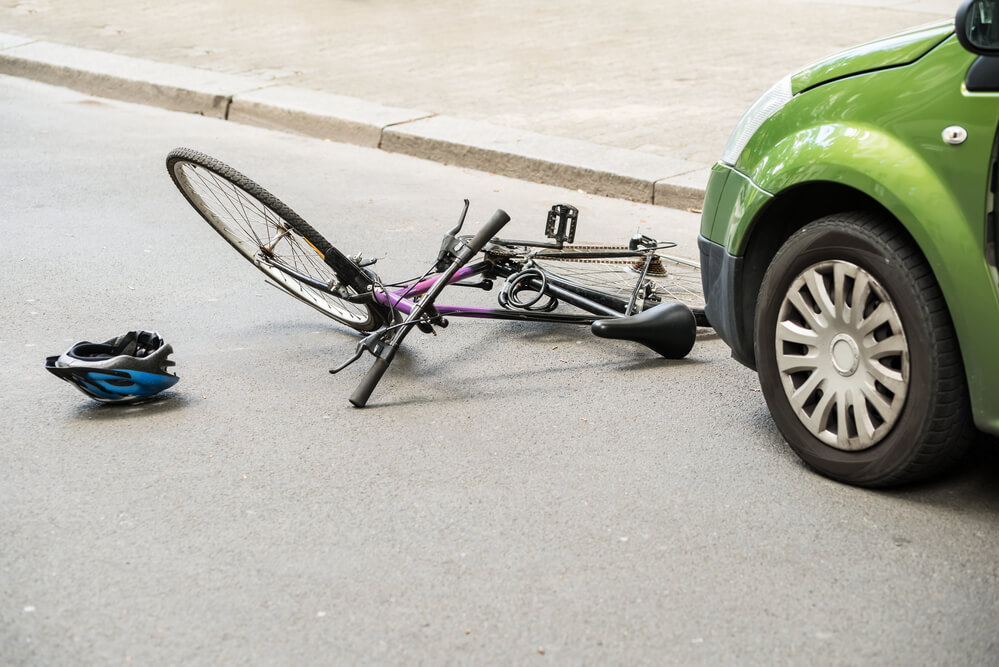
Who Is at Fault in a Car and Bicycle Accident?
Accidents are always unfortunate events. They can at times be quite dangerous as well. This is especially true when the accident involves not two cars, but a car and a bicycle. If this happens to you, whether you are the car driver or the cyclist, you may want to know how to determine who is at fault. But, as Dallas Horton and Associates (link) notes, it turns out that it is not the easiest task.
These Accidents Are Very Common
It is a sad fact that there are far too many accidents involving bicycles today, many of them fatal. According to the National Highway Traffic Safety Administration (NHTSA), there were 840 in 2016 alone. As they point out, it also makes sense that the cyclists are more likely to receive an injury than the car drivers. The relative size of a car to a bicycle makes this an easy observation and a relevant one.
The NHTSA also writes that a “large percentage of crashes” are avoidable. But this is only “if motorists and cyclists follow the rules of the road and watch out for each other.” You and I both know full well that this is not always the case on the road. Sometimes drivers do not see the cyclist. Other times, it is the other way around. Whatever the case is, there are lots of these accidents and plenty of fingers pointed. But, it is not always evident who is right or wrong.
Take a Look at the Numbers
NPR puts it in rather blunt terms: “The federal government, for one, doesn’t know” who is at fault. That may not exactly put your mind at ease, and with good reason.
A man named Ed Beige, a bike blogger in Arizona, spoke with NPR. He “crunched some numbers” in Arizona and “found that 44 percent of fatalities” were the cyclist’s fault. On the flip side, “56 percent were the fault of a motor vehicle driver”.
To make it even more confusing, according to The Washington Post, this is not true everywhere or at all times. In 2004, they found that bicyclists were more likely to be the responsible party, not car drivers.
All these numbers likely strike you as at least interesting, if not surprising. On the surface, it would seem that car drivers would be the ones most likely to cause such accidents. It is clear, though, that this is not always the case.
NPR also points out that “the most common collision was when a driver struck a cyclist from behind.” Again, this makes sense. When imagining the scenario in question, you likely see it happening in exactly this way.
Determining Fault Is a Little Complicated
Bicycle Law says that these accidents happen when someone does not pay attention. They point out that it is the most important factor in determining fault. They go on to write, “The crash is almost always the result of somebody’s negligence.” If negligence is the primary concern, then we must work out how exactly to figure that out. In other words, who was paying attention, and who wasn’t?
Nolo.com provides some help in this area. They make the point that often a careless driver’s actions are more or less evident. The example they provide is of someone running a stop sign and colliding with a vehicle of some kind. There will also be instances when it appears that both drivers are at fault. Nolo says, “A common example is a crash that occurs when drivers both merge into a single lane of traffic.”
That said, there are still other times where the carelessness is not quite so clear. It’s these cases, they write, when establishing negligence is the most critical aspect. It is these unclear instances, too, when the fault might end up on someone in a partial, rather than total, sense. On this, Nolo provides a detailed look at what is often required to show that negligence occurred. Let’s take a look at all three of their conditions in turn.
For starters, a driver must be somehow shown to have not been careful or employed caution. On the flip side, a cyclist may be even shown to have not exhibited reasonable care in operating their bike. Last, if a “driver’s conduct caused actual injury or damage to someone”, this might also qualify. Injury during or following an accident is serious business. Make sure to have an accurate record of everything that happened.
The long and short of it is this. Note any instance where traffic laws were not followed or injury occurred. Determining fault may result in large part due to these factors and conditions.
I do realize that this is not a cut and dried answer. The problem is that every car or bike accident is like reinventing the wheel. The rules of the particular accident will vary depending on the location and road rules at play. Deciding who is at fault can only happen when attributing negligence. But determining that lack of care or concern can often seem a matter of opinion.
No one likes to believe that they are at fault. If you’re in an accident, note all the exact details of what happened and give them to the police officer at the scene. This is the first and likely the best chance to hammer it out in writing.

